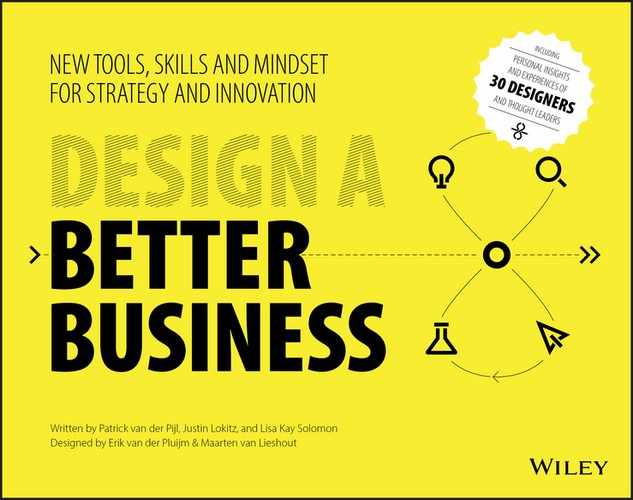INTRODUCTION TO VALUE PROPOSITION
Page 104
Great business models and strategies are based on great value propositions. Great value propositions focus on customers’ jobs-to-be-done. Clayton Christensen developed this (jobs-to-be-done) framework as a helpful way to look at customer motivations in business settings.
Conventional marketing techniques teach us to categorize customers by attributes – age, race, marital status, and other qualities. Ultimately, however, this creates entire categories of products that are too focused on what companies want to sell, rather than on what customers actually need.
Evaluating the circumstances that arise in customers’ lives is not always easy. Customers rarely make buying decisions based on what the “average” customer in their category might do. But they often buy things because they find themselves with a problem they would like to solve. This is where Clayton Christensen’s jobs-to-be-done framework as well as value propositions are most useful.
![]()
Alex Osterwalder, Yves Pigneur, Greg Bernarda, and Alan Smith wrote the book Value Proposition Design, describing how to create products and services customers want.
By understanding the “job” for which their customers “hire” a product or service, companies can more accurately develop and market products well tailored to what customers are already trying to do.
A way to inform your point of view and learn about the jobs-to-be-done is to observe customers in real life. By observing customer behavior, you will learn from the true problems that need to be solved. Ask yourself before you start: What is YOUR job-to-be-done? Do you want to work on existing segments or new segments? This determines the focus in working with the Value Proposition Canvas(see page 106). Understand the customer profile (right-hand side), understand the value map (left-hand side), and look into the problem-solution fit or product-market fit (the middle).
THE VALUE PROPOSITION CANVAS HELPS YOU DESIGN AND VALIDATE CUSTOMER JOBS.
PRODUCT VS. NEED
Page 105
Do you need a drill? Or do you need a hole in the wall?
Do you need a robot? Or do you need to speed up production? Do you need to arrange a funeral? Or do you need a worthy goodbye ceremony?
Most companies are product focused. But our focus should not actually be on the product. Products are there to help customers solve problems. Once you understand your customers’ problems, you can do a better job innovating.
For example, Spotify learned that people, for the most part, aren’t interested in “owning” music. It’s not about “owning” records or CDs. They don’t even want to store music on their hard drives – this entails work on their end. When it comes down to it, people simply want to listen to music. Thus, the difference between downloading a song and streaming the same song is becoming blurry. What’s not blurry is that people want access to music. “If I can get that Justin Bieber song anywhere and anytime, what is the difference?” ![]()
THE HUMAN CONTEXT
At Intel, we try to take a truly integrated view of innovation. We bring together the best ideas and methods, synthesizing them into the best approach to solve the challenges we have as a uniquely situated technology company. We are the underlying engine that powers computing across so many different contexts, and those contexts are expanding at a blistering pace.
Because the range is so broad, we leverage the social sciences and in-person interviews to understand the human context of people’s lives and how technology both informs and is informed by socio-cultural dynamics. We also use tools to help us in understanding complex systems, borrowing from fields like ecology to explore how networks of interdependent actors affect one another.
Given that our ideas at scale must become sustainable businesses, we utilize innovation tools and processes, from Lean Startup and Business Model Generation, to help us refine and improve the way we search for, discover, and test new values and new business models. At the end of the day what’s important is that we have an understanding of human needs and are solving a meaningful problem.

Muki Hansteen-Izora
Senior Strategist,
Intel Labs
